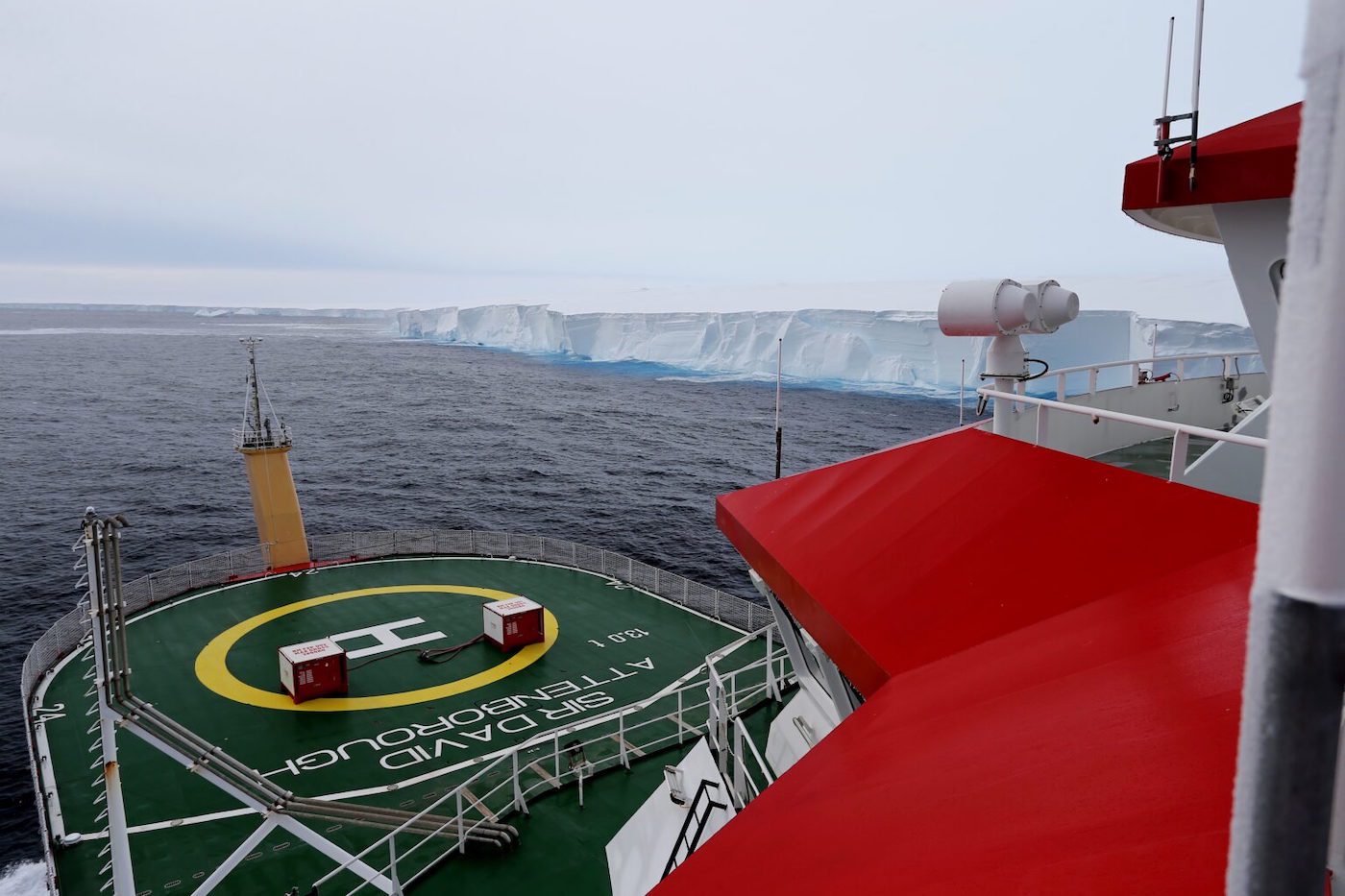
Image credit: gCaptain.
A23a, the world’s largest and oldest iceberg, has run aground near South Georgia Island, the British Antarctic Survey (BAS) confirms.
The Iceberg’s Journey:
- A23a calved from Antarctica’s Filchner Ice Shelf in 1986.
- It remained stationary in the Weddell Sea for over three decades.
- In 2020, it began drifting with Southern Ocean currents.
- It now sits approximately 90km from South Georgia Island.
Current Status:
- Dr. Andrew Meijers reports that the iceberg maintains its structure.
- He predicts it will likely break up due to increased stress from grounding.
- In 2024, a Taylor Column temporarily immobilized the iceberg.
Potential Impacts:
- Researchers don’t expect significant impacts on South Georgia’s wildlife.
- The berg may create challenges for commercial fishing operations due to smaller, harder-to-track ice fragments.
Scientific Monitoring:
- Scientists are closely monitoring A23a to study its environmental effects.
- Nutrients from the grounding and melt may boost the local ecosystem.
- The British Antarctic Survey collects data to understand how “megabergs” influence the ocean.
Climate Change Context:
- While A23a is not directly linked to climate change, ice shelf mass loss has accelerated since 2000.
- This mass loss, attributed to climate change, impacts ocean circulation and sea level rise.
Future of A23a:
These smaller icebergs will ultimately melt.
Warmer waters, waves, and tides will eventually break the iceberg into smaller pieces.
